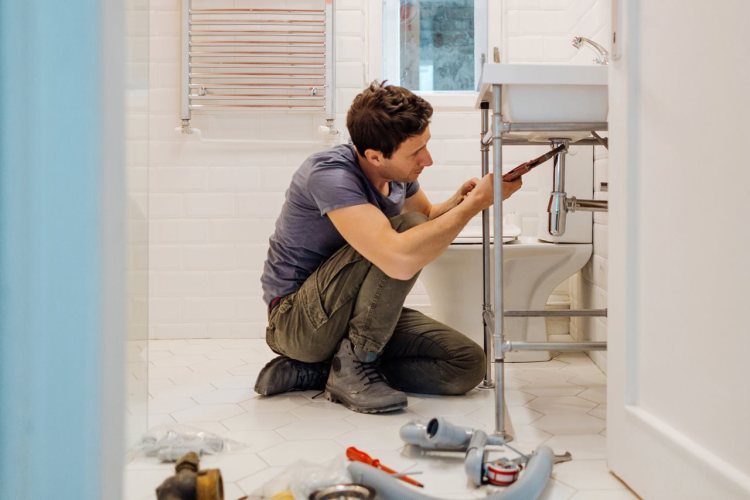Many of today’s homeowners have been inspired by house-flipping shows to learn practical tips and savvy tricks to either increase their home’s resale value or, for those who prefer to stay put, refresh their living space for its long-term use. While these shows highlight the newest trends, what they don’t tell you is how remodeling might affect your homeowners insurance coverage.
“Building an addition and adding square footage, renovating a kitchen or bathroom, or other significant changes made to a home will increase its value,” said Jane Li, Mercury Insurance director of product management. “One thing that can’t be overlooked, however, is that these renovations will also increase the home’s replacement cost if it is damaged or destroyed, so it’s very important that homeowners also adjust their insurance policies to ensure the home is properly insured in the event disaster strikes.”
Here are four improvements Li recommends discussing with your insurance agent before making upgrades.
Roof replacement
The roof is the primary source to protect a home against the elements, providing shelter from rain, hail, wind, summer heat and winter cold. It’s likely not the first thing that comes to mind when a homeowner thinks of renovations but, eventually, it will need to be replaced to keep doing its job properly.
“The age of your roof factors into your homeowners insurance coverage because, as it gets older it becomes more likely to leak, which can cause structural damage,” said Li. “Certain roofing materials — like clay or concrete tile, slate or metal — provide added protection against wind and wildfires if you live in an area that’s prone to these conditions. If properly maintained, these materials also have a longer lifespan than an asphalt-shingled roof, which tends to last about 20 years.”
Installing a pool.
Pools are a great way to cool off when temperatures climb and are also a nice centerpiece for outdoor entertaining. However, putting in a pool also adds to your liability risk, which will increase your homeowners insurance premium.
“If you decide to install a pool, be sure to also build a fence with a locking gate around it,” said Li. “The fence should not connect to the dwelling and, if possible, it should be built using fire-resistant material.”
Replacing plumbing fixtures.
Sometimes, all it takes to give your kitchen or bathroom a new look is to swap out your old sink for a new one.
If you decide to replace some of your home’s plumbing fixtures, it’s important to make note of the upgraded materials as they may be of a higher quality — and thus have a higher replacement cost — than the original equipment. It’s also a good time to consider installing a water-leak detection system, as claims due to water-related damages, like bursting or leaking pipes, or malfunctioning appliances, are the most commonly filed homeowners insurance claims, according to Mercury Insurance.
“Many leaks can be difficult to detect since most pipes are enclosed inside walls,” said Li. “We recommend installing water-leak sensors or shut off devices if you are making plumbing upgrades, because they can be very helpful in preventing extensive water damage. Some can automatically shut off the home’s main water supply if a leak is detected and might even qualify you for a discount on your insurance.”
Revamping your landscaping.
The trees, bushes, plants and stonework you choose can add to your home’s curb appeal and, in areas with dry climates that are prone to wildfires, your landscaping may even increase your home’s insurability.
“A good landscape in fire country will endure firebrands for days, intense heat for weeks, and do both without igniting,” said Douglas Kent, wildfire expert, author and professor of land management at California State Polytechnic University, Pomona.
The five feet closest to your home is where you should retrofit with fire retardant materials and conduct simple maintenance like clearing away dead plants, and cleaning gutters and decks of leaves. The next 30 feet from your home should be green and clean landscaping, with lawns kept free of debris. Trim tree limbs so they are at least 10 feet away from your home and trim unruly bushes. Keep your lawn well-manicured and plants healthy. Hard surfaces like asphalt and concrete also work well in this space.
Finally, the next 70 feet should contain thinned out vegetation, removing flammable plants and brush surrounding your home. Trees should also be at least 20 feet apart.
Whether you plan to live in your home for many years to come or sell it to a new homeowner, be sure to assess your homeowners’ coverage needs annually as long as it’s your property.
Comments are not available on this story.
Send questions/comments to the editors.


